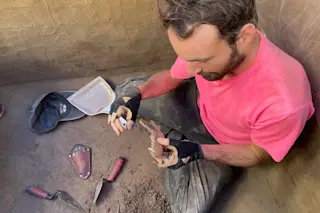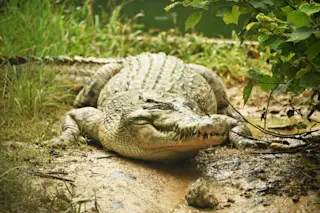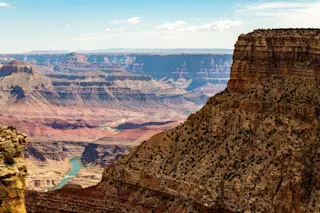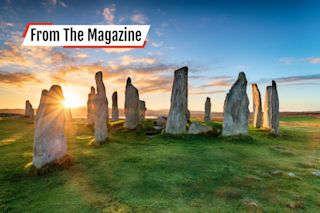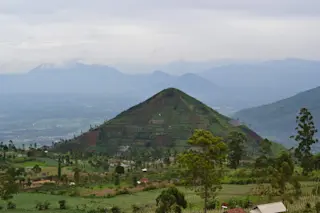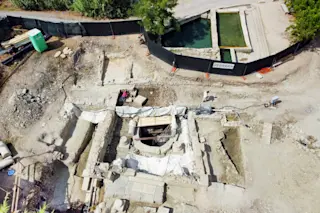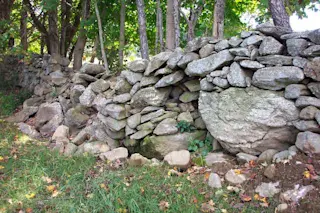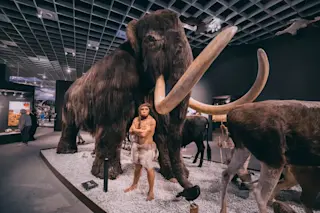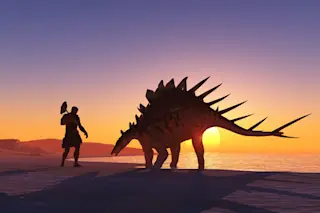FLORES, Guatemala — From above, the vastness of the Guatemalan jungle stretches to the horizon in an unbroken swath of dense greenery. On the ground, the forest blends into a blur of foliage. The only sounds are the clamor of cicadas and howler monkeys.
But to step through the undergrowth in the northern Guatemalan lowlands is to walk the buried remnants of the ancient Maya civilization. The jungle hides fields, roads, canals and even whole settlements. And that civilization just got a whole lot bigger.
Thousands of previously hidden structures were recently uncovered in Central America thanks to a powerful technology known as LiDAR. And now, a new estimate of the Maya population based on those surveys suggests as many as 11 million people once lived throughout the region.
The LiDAR analysis also shows that Maya cities and surrounding settlements sprawl for miles around city centers, connected by a web ...



